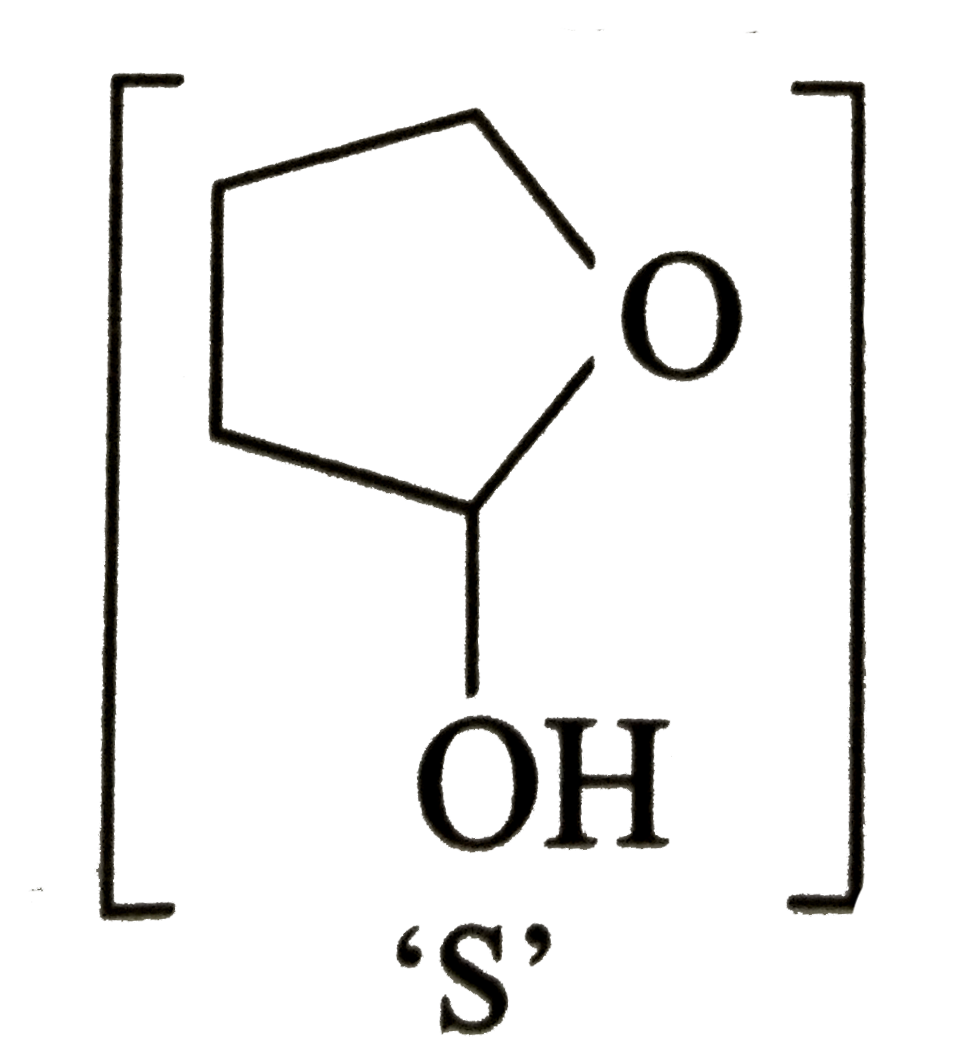How will you obtain?
Borazole from sodium borohydride (in three steps only)
The correct Answer is:A, B, C, D
To synthesize Borazole (also known as Borazine, with the formula B3N3H6) from sodium borohydride (NaBH4) in three steps, we can follow the outlined process below:
Step 1: Formation of Trichloroborazine
1. React Sodium Borohydride with Boron Trichloride and Ammonium Chloride:
- Start with sodium borohydride (NaBH4) and react it with boron trichloride (BCl3) and ammonium chloride (NH4Cl).
- The reaction can be represented as:
3BCl3+3NH4Cl→B3N3H3Cl3+3HCl
- This step produces trichloroborazine (B3N3H3Cl3) along with hydrochloric acid (HCl).
Step 2: Reduction of Trichloroborazine
2. Treat Trichloroborazine with Sodium Borohydride:
- Next, take the trichloroborazine (B3N3H3Cl3) and treat it with sodium borohydride (NaBH4).
- The reaction can be represented as:
B3N3H3Cl3+6NaBH4→B3H6N3+3NaCl+6H2
- This step reduces the trichloroborazine to boron hydride (B3H6) and produces sodium chloride (NaCl) and hydrogen gas (H2).
Step 3: Formation of Borazole
3. React Boron Hydride with Ammonia:
- Finally, react the boron hydride (B3H6) with excess ammonia (NH3) at high temperature.
- The reaction can be represented as:
B3H6+3NH3→B3N3H6+3H2
- This step yields borazole (B3N3H6) and releases hydrogen gas (H2).
Summary of Steps:
1. Formation of Trichloroborazine:
- React NaBH4 with BCl3 and NH4Cl.
2. Reduction to Boron Hydride:
- Treat B3N3H3Cl3 with NaBH4.
3. Synthesis of Borazole:
- React B3H6 with NH3 at high temperature.
1. React Sodium Borohydride with Boron Trichloride and Ammonium Chloride:
- Start with sodium borohydride (NaBH4) and react it with boron trichloride (BCl3) and ammonium chloride (NH4Cl).
- The reaction can be represented as:
3BCl3+3NH4Cl→B3N3H3Cl3+3HCl
- This step produces trichloroborazine (B3N3H3Cl3) along with hydrochloric acid (HCl).
2. Treat Trichloroborazine with Sodium Borohydride:
- Next, take the trichloroborazine (B3N3H3Cl3) and treat it with sodium borohydride (NaBH4).
- The reaction can be represented as:
B3N3H3Cl3+6NaBH4→B3H6N3+3NaCl+6H2
- This step reduces the trichloroborazine to boron hydride (B3H6) and produces sodium chloride (NaCl) and hydrogen gas (H2).
3. React Boron Hydride with Ammonia:
- Finally, react the boron hydride (B3H6) with excess ammonia (NH3) at high temperature.
- The reaction can be represented as:
B3H6+3NH3→B3N3H6+3H2
- This step yields borazole (B3N3H6) and releases hydrogen gas (H2).
1. Formation of Trichloroborazine:
- React NaBH4 with BCl3 and NH4Cl.
2. Reduction to Boron Hydride:
- Treat B3N3H3Cl3 with NaBH4.
3. Synthesis of Borazole:
- React B3H6 with NH3 at high temperature.
Topper's Solved these Questions
- P-BLOCK ELEMENT (BORON AND CARBON FAMILY)BOOK - RESONANCE ENGLISHCHAPTER - P-BLOCK ELEMENT (BORON AND CARBON FAMILY)EXERCISE - Exercise-1 Part-I : SUBJECTIVE QUESTIONS Section (F) : Oxides, Oxyacids & Hydroxides ; Borax
4 Videos
- P-BLOCK ELEMENT (BORON AND CARBON FAMILY)BOOK - RESONANCE ENGLISHCHAPTER - P-BLOCK ELEMENT (BORON AND CARBON FAMILY)EXERCISE - Exercise-1 Part-I : SUBJECTIVE QUESTIONS Section (G) : Halides, Alums & Other metal salts
4 Videos
- P-BLOCK ELEMENT (BORON AND CARBON FAMILY)BOOK - RESONANCE ENGLISHCHAPTER - P-BLOCK ELEMENT (BORON AND CARBON FAMILY)EXERCISE - Exercise-1 Part-I : SUBJECTIVE QUESTIONS Section (D) : Chemical properties of elements (AI,SN,PB)
4 Videos
- P BLOCK ELEMENTSBOOK - RESONANCE ENGLISHCHAPTER - P BLOCK ELEMENTSEXERCISE - PART -II
23 Videos
- P-BLOCK ELEMENTS (HALOGEN & NOBLE GASES)BOOK - RESONANCE ENGLISHCHAPTER - P-BLOCK ELEMENTS (HALOGEN & NOBLE GASES)EXERCISE - APSP PART-3
22 Videos
Similar Questions
In water, orthoboric acid behaves as a weak monobasic acid.
In water, orthoboric acid acts as a proton donor.
View SolutionAnhydrous AICI3 fumes in air. What is the reason for it?
View SolutionGive balance equation for the reaction of aluminium with aqueous sodium hydroxide.
View SolutionWrite the two important minerals of fluorine.
View SolutionWhich graph correctly describes a trend found in the halogen group ?
View SolutionHow will you obtain :
(A)Ammonia from quick lime (in three only)
(B)H3PO4 from phosphorite (in two steps only)
View SolutionWhat is the initial step in the reduction acetone by sodium borohydride to produce 2- propanol?
View SolutionHow will you obtain?
Borazole from sodium borohydride (in three steps only)
View SolutionReduction of the lactol's
 with sodium borohydride gives :
with sodium borohydride gives :
View Solutionऐल्डिहाइड्स तथा कीटोन्स के केवल कार्बोनिल समूह का अपचयन करने के लिए सोडियम बोरोहाइड्राइड अत्यधिक विशिष्ट होता है।
View SolutionHow do you obtain pure sodium chloride from a crude sample?
View SolutionIodine oxidises sodium borohydride to give-
View Solutionग्लूकोस की सोडियम बोरोहाइड्राइड से क्रिया करने पर बनता है
View SolutionHow will you convert diborane into sodium borohydride?
View SolutionIodine oxidises sodium borohydride to give
View Solutionसोडियम बोरोहाइड्राइड की उपस्थिति में एसीटोन के अपचयन से प्राप्त होता है
View Solution
